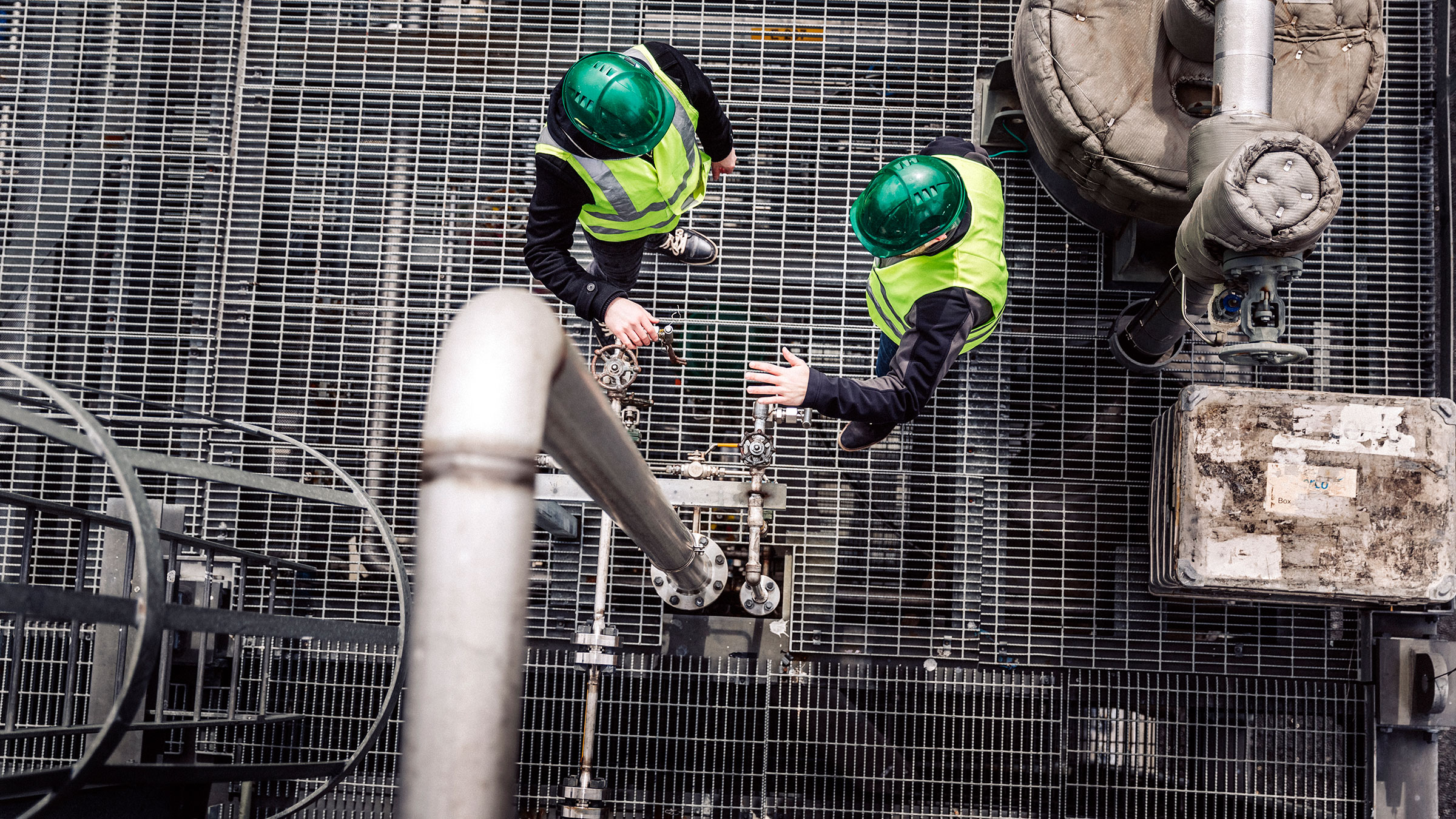Climate impact
Since the start of operations, the carbon capture and storage (CCS) installations at Sleipner and Snøhvit fields in Norway have captured approximately 19 Mt of the geological CO2 that is extracted from oil and gas reservoirs and normally vented to the atmosphere. This represents 90% of all vented CO2 from oil and gas production in Norway.
The technology used is relatively simple and affordable as it involves a fairly pure stream of CO2 which has already been separated as part of normal natural gas processing. We have therefore applied the solution to relatively wealthy gas- and oil-producing countries with significant emissions in OECD and the Middle East as well as China, India, Indonesia, Malaysia, Brunei and Argentina.
The emission reduction potential depends on which types of oil and gas production and which categories of emissions are included. If other countries were to reach the Norwegian share of capturing the relevant CO2 by 2030, this would reduce global emissions on an average by 63 Mt in 2030.


Success factors
Oil and natural gas reservoirs can contain significant amounts of geological CO2, which is often released to the atmosphere either through leakages or venting. CCS captures the CO2 and stores it permanently, usually in a geological reservoir.
Statoil operates two oil and natural gas fields which sequester fugitive CO2 from natural gas extraction. Sleipner began capturing CO2 at an offshore facility in the North Sea in 1996 and Snøhvit at an onshore processing site in the Barents Sea in 2008. The CO2 is injected into sedimentary rocks approximately 1,000 metres below the sea floor.
Both projects have been motivated by an emission tax introduced in 1991. The tax was approximately 35 $/tCO2 in 1996 at the time operations began at Sleipner and has since been raised to the current level of 65 $/ tCO2. Another driver has been meeting a European cap of 2.5% on the CO2 content of natural gas. The Norwegian government also required CCS as a precondition for Snøhvit receiving a license to operate.
“Norway has been capturing carbon emissions in oil and gas production since 1996.”
Costs
Capturing geological CO2 from oil and gas production is cheaper than applications where emissions are captured from power plants. Based on the costs for the Sleipner project, we have adopted an estimate of 33 $/tCO2 as the central value. This results in total costs of $2.1 billion in 2030.


Co-benefits
Carbon capture and storage is motivated by climate benefits alone. The solution does not provide any significant co-benefits.
Barriers and drivers
Public resistance towards CCS is a significant obstacle. Fears about leakage and safety, general NIMBYism and concerns that CCS provides an excuse for continuing to use fossil fuels have contributed to CCS being unpopular. Attitudes may change as people become aware of the role CCS may play in limiting warming to well below two degrees. However, more information needs to be provided.
Geological CO2 storage requires specific types of sedimentary rocks, which limits the potential in some areas. It is not a major concern for upstream oil and gas production, since oil and gas fields are usually associated with the type of formations needed. Overall the new method developed in Iceland to inject CO2 into basaltic rocks shows great promise.
The most important enabler for CCS is to establish a financial incentive. CCS has little commercial value beyond reducing climate risks. As a result, government incentives or mandates are needed.
Some regions have a poorly developed legal framework and requirements for safety and long-term monitoring of stored CO2. Ensuring consistent regulations would help improve predictability for investors and thus expedite investment decisions once the financial incentives are in place.






RELATED SOLUTIONS